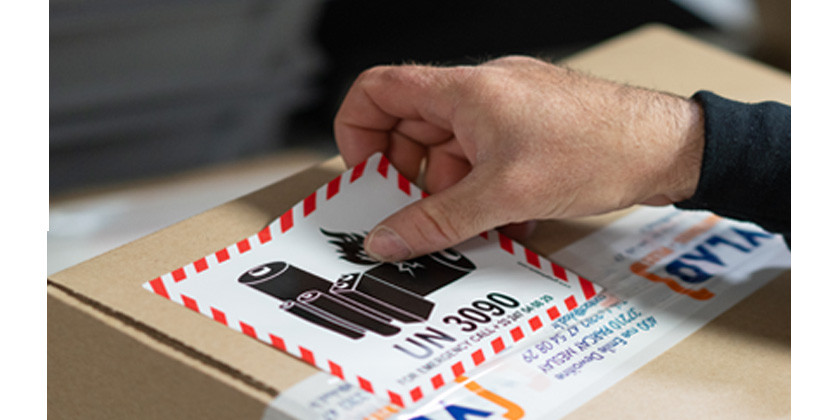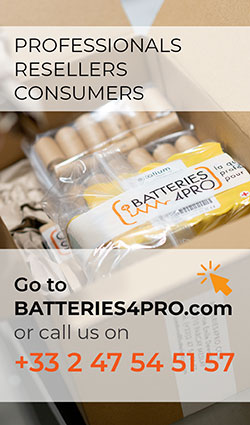
Are you familiar with UN 38.3, IEC 62133 or IEC 60086-4?
Over the years, lithium batteries have become more regulated as they are used in as many electrical devices as they are in application areas around the world.
In order to guarantee their reliability and safety, lithium batteries are therefore governed by various international standards.
One of these standards is UN Regulation 38.3.
Classified as a Class 9 dangerous good by the United Nations, batteries must meet the requirements specified in UN Regulation 38.3 which details the specificities that must be met to safely transport lithium cells and batteries (by air, sea, land).
The standard, which is recognized by regulators and customs authorities around the world, is also seen as an important gateway to global markets.
From a technical point of view, UN 38.3 tests can be performed at the cell, module or pack level and represent a combination of rigorous mechanical, electrical and above all environmental exposures designed to assess the stability of a battery during transport.
In addition to UN 38.3, there are safety standards such as IEC 62133, IEC62169 and UL 1642 as well as performance standards, e.g. IEC 61960-3.
We can have the custom-made batteries (OEMs) we design approved in official laboratories, and we send our Exalium Premium batteries or our trade in more than 85 countries in accordance with IATA, ADR or IMDG regulations.









































![[LES ECHOS] VLAD: greener and cheaper batteries by focusing on people and Industry 4.0](/modules//smartblog/images/59-home-small.jpg)
![[DEVICEMED Magazine] Battery Technologies: How to Select the Right Cell for You?](/modules//smartblog/images/56-home-small.jpg)

